Course Overview
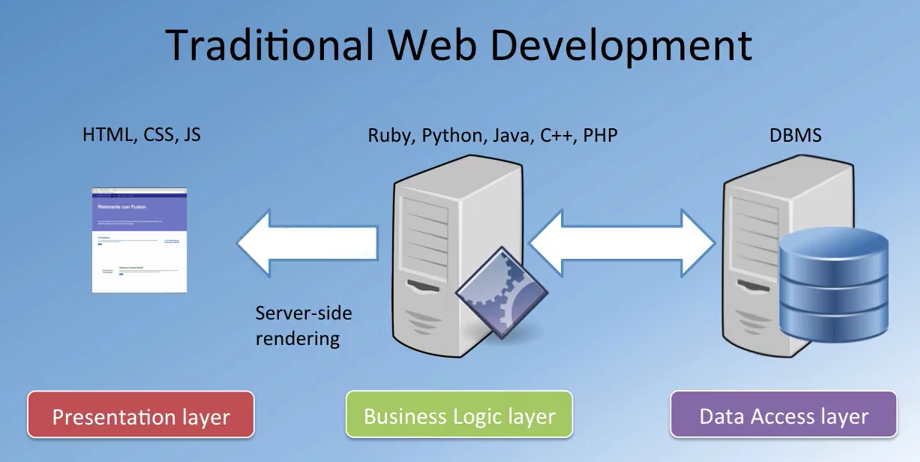
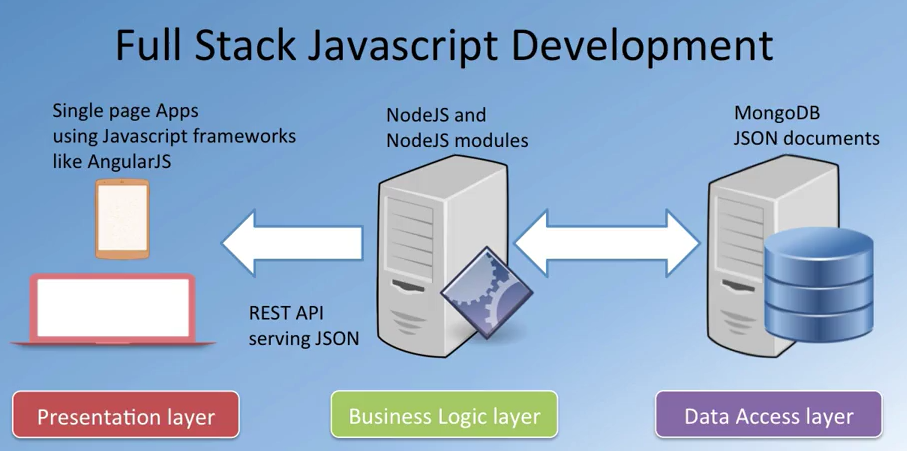
响应式设计
适应于各种大小的屏幕。
grid system
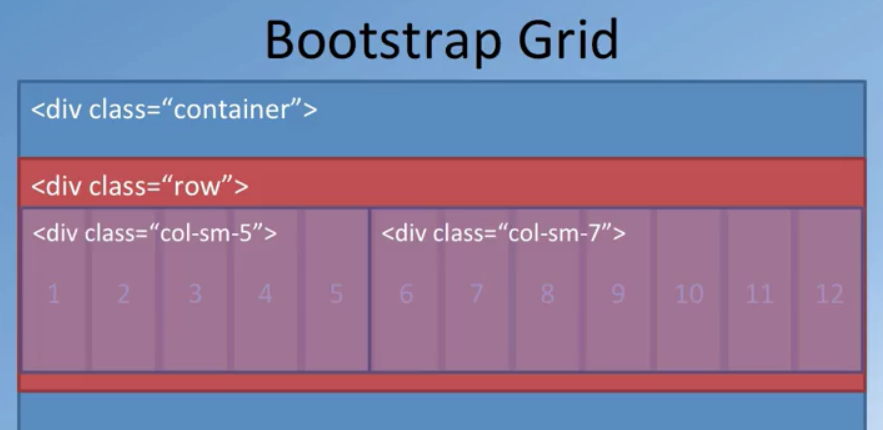
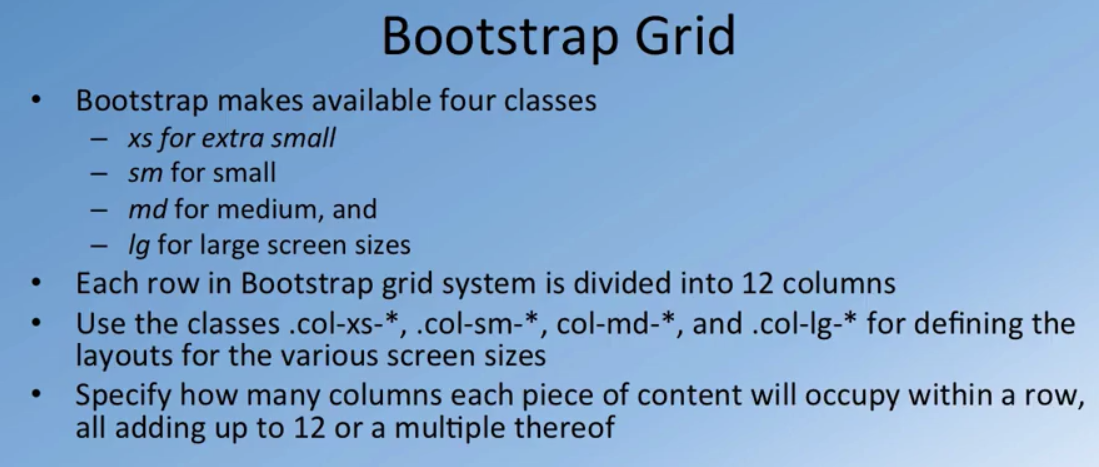
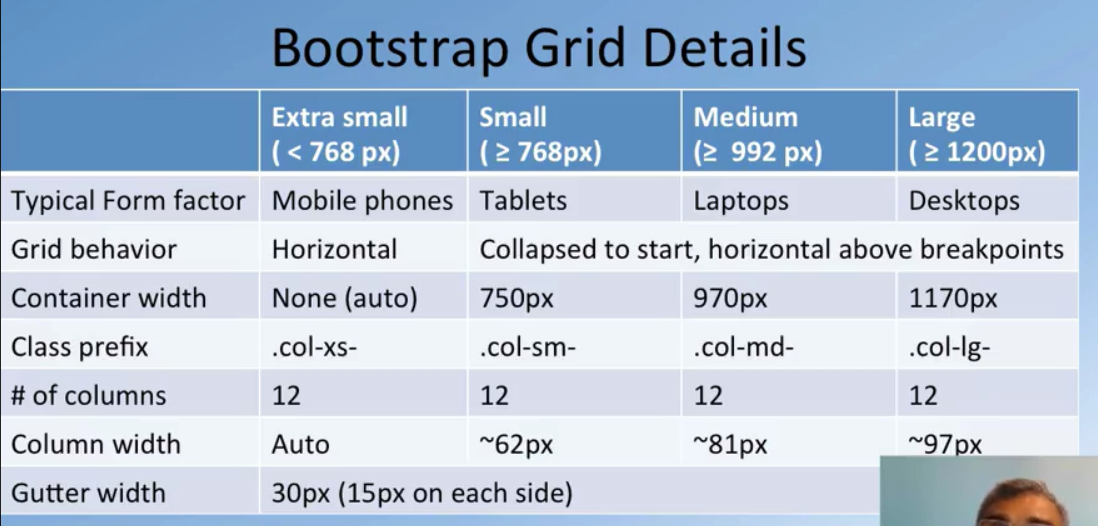
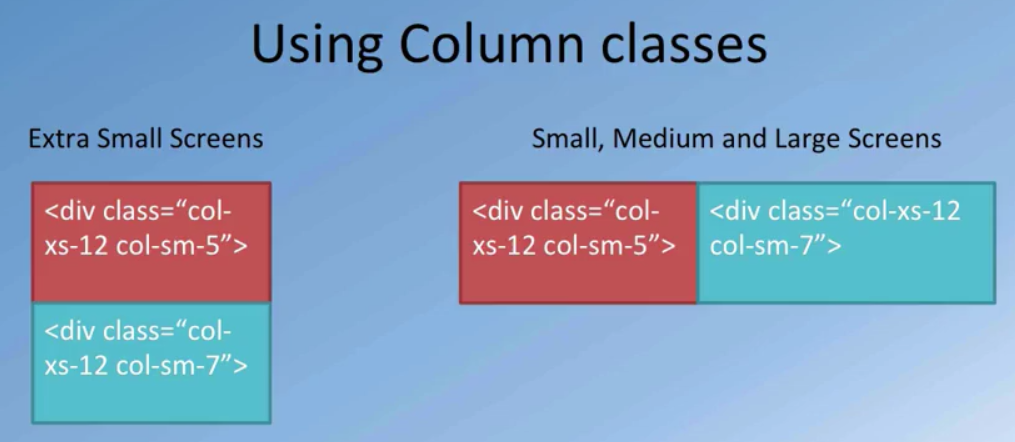


CSS
Button

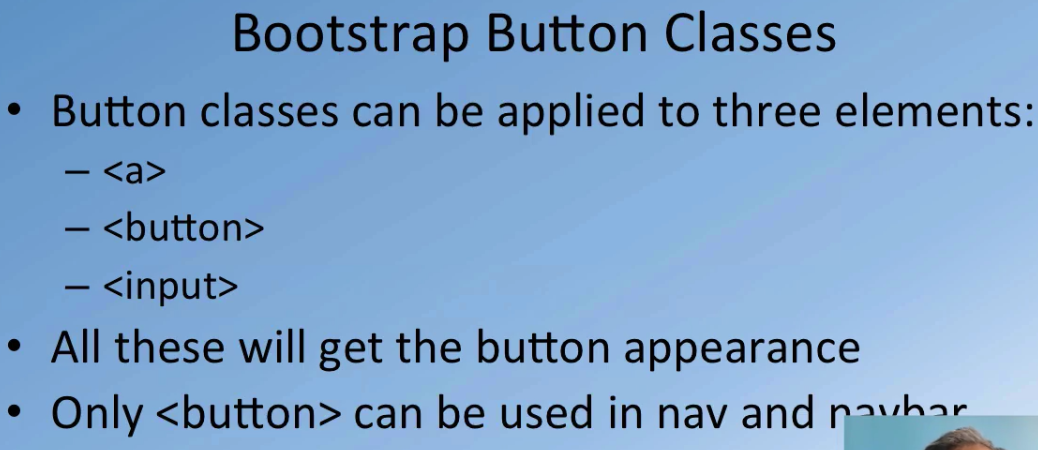
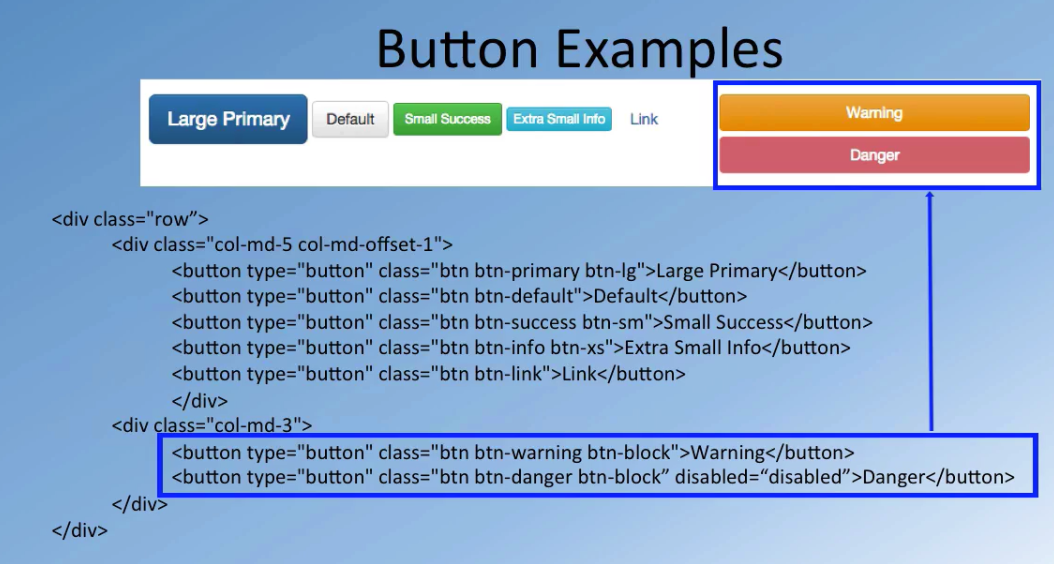

Form

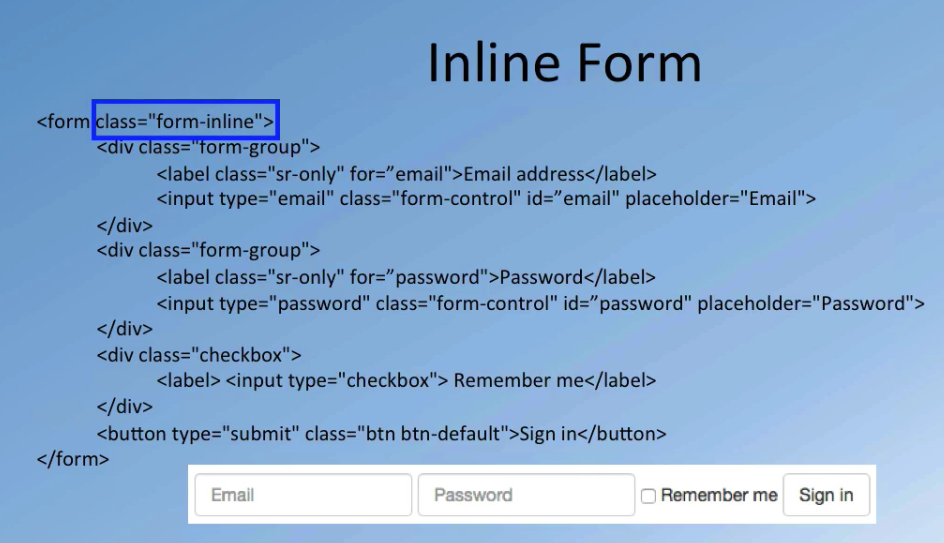
Tables
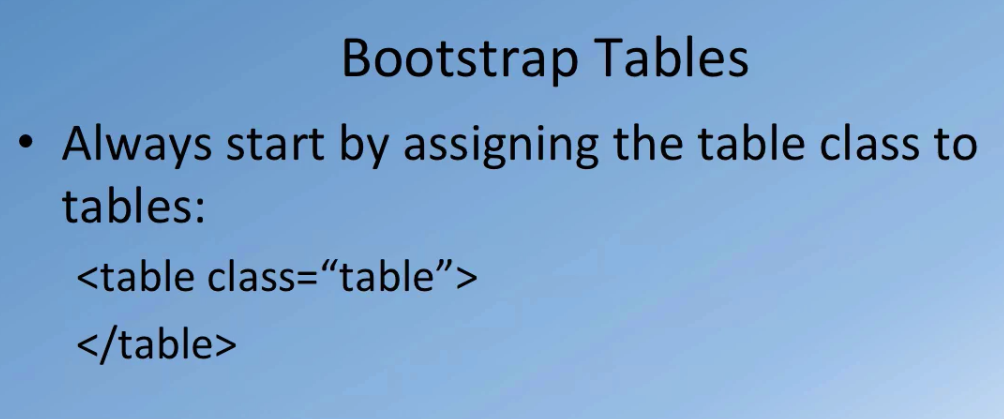
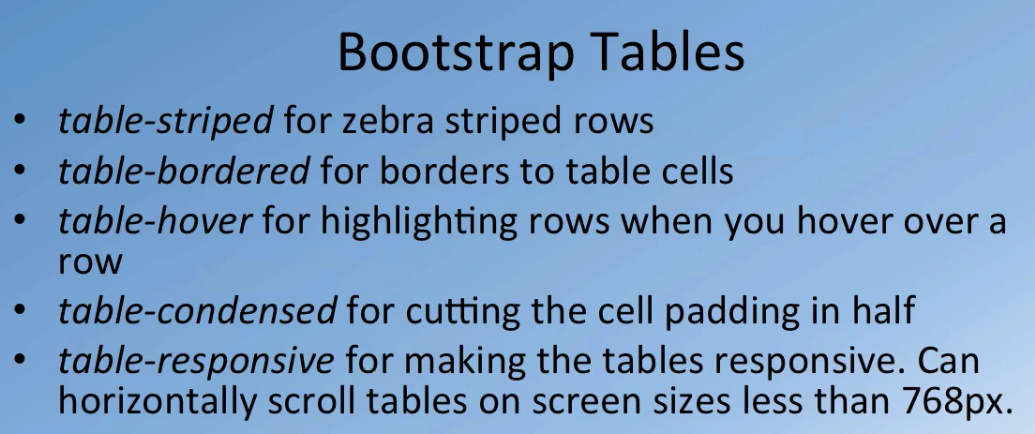
panel
well
image
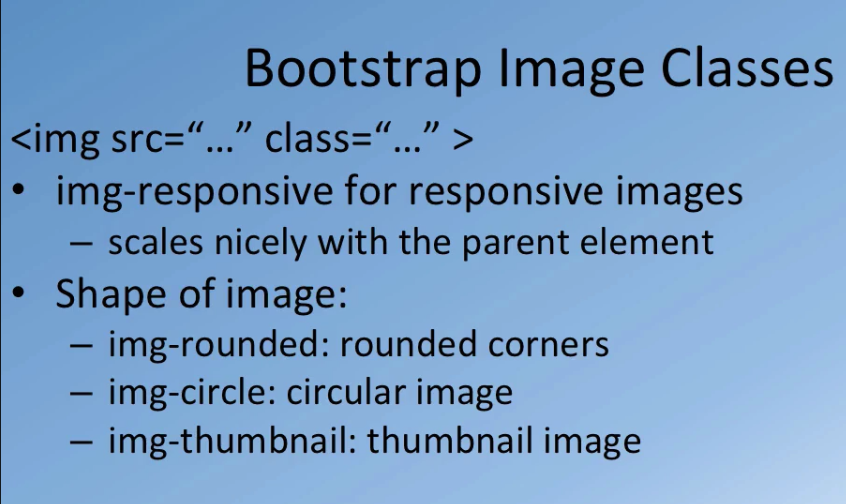
media
alert
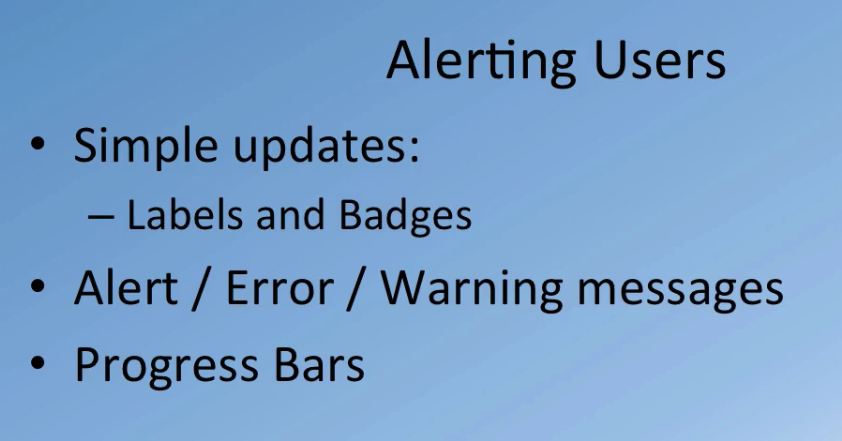
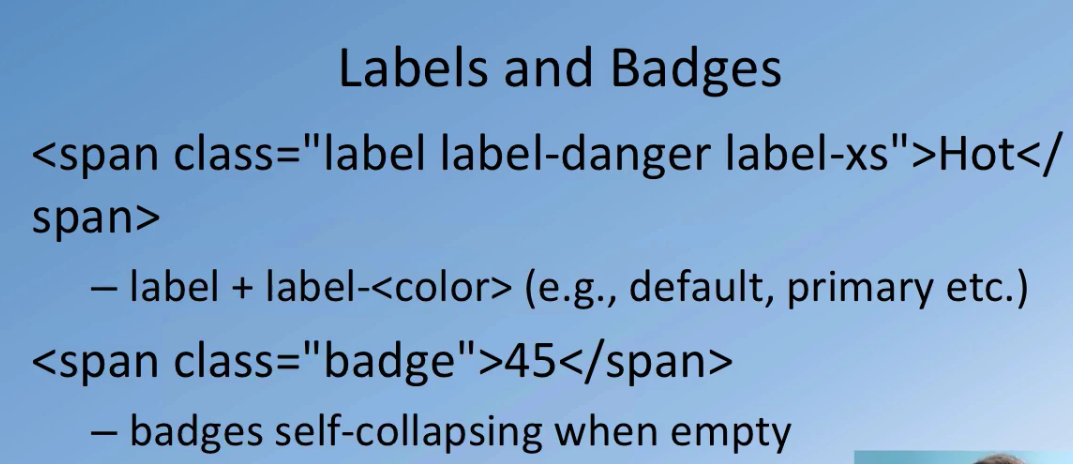
progress bar
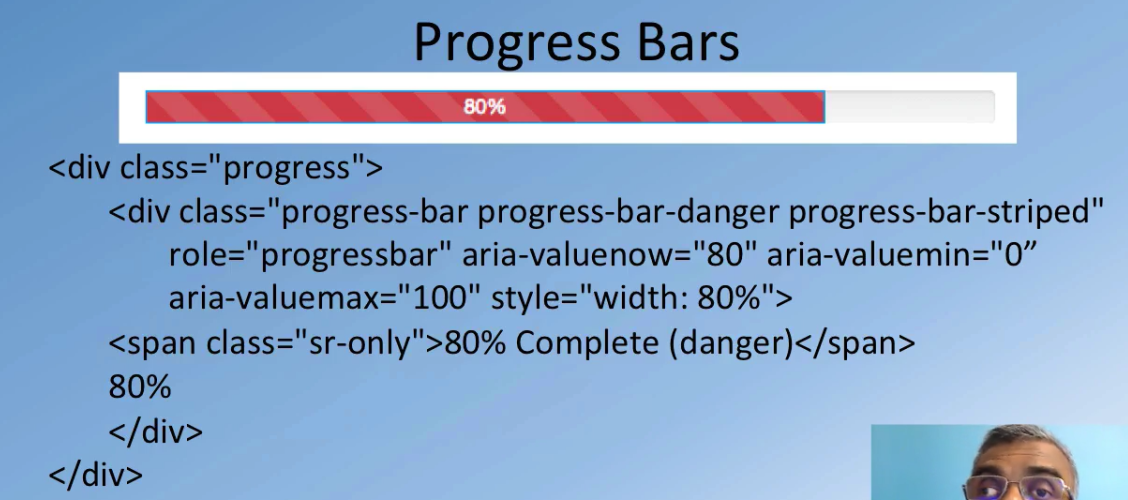
JS
review css
BS的CSS是重叠递进的。

js and jquery
写js code是很繁琐的,因此构建在上面的jquery以及bootstrap方便了用户使用。
use of jquery
引入js文件
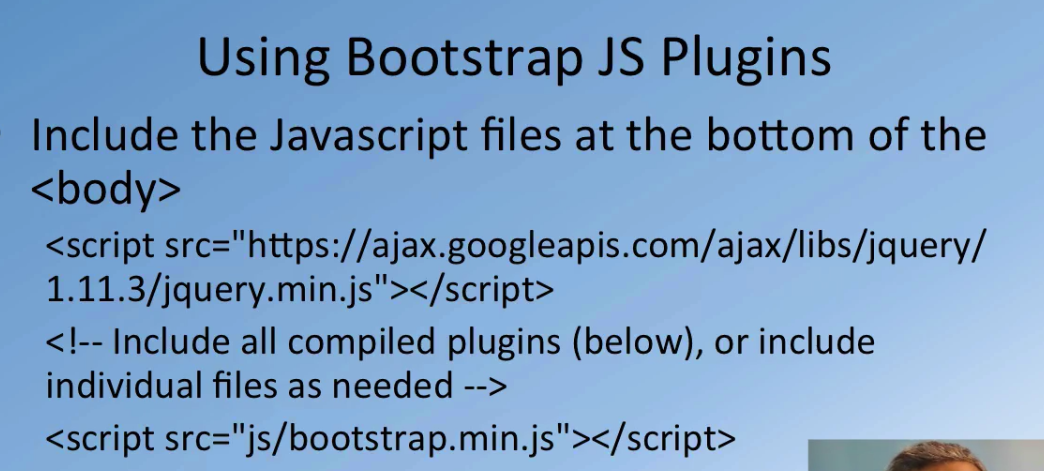
使用jquery
tabs and tabbed navigation
Design a web page to use tabbed navigation for organizing the content
Use tab panes and organize the content into the panes
Facilitate navigation among the tab panes using the tabbed navigation elements
hide and seek
Use the collapse plugin to hide/reveal content
Construct the accordion using panels and panel-group class
Use the scrollspy to reflect the current position of the scroll
Employ the affix plugin to fix the position of the nav element after an initial scroll
scrollspy and affix
Design an accordion using the collapse plugin together with the panel component and panel-group class
Use a scrollspy to highlight the current scroll position in a nav
Use the affix plugin together with the scrollspy on the side nav component
Tooltips, Popovers and Modals
Set up a tooltip to be displayed when the user hovers over an area of the page
Enable popovers when the user clicks on a link or button
Reveal and hide modals when the user clicks on a link or button
carousel
Use a carousel component in your web page
Configure various aspects of the carousel
Add controls to the carousel to manually control it
Node.js
Node js runtime
Node.js可以使JS用在后端,所以js可以前后端都用。
NPM
CSS preprocessor
CSS有很多正常编程语言可以实现的功能实现不了,这就是preprocessor的来源。
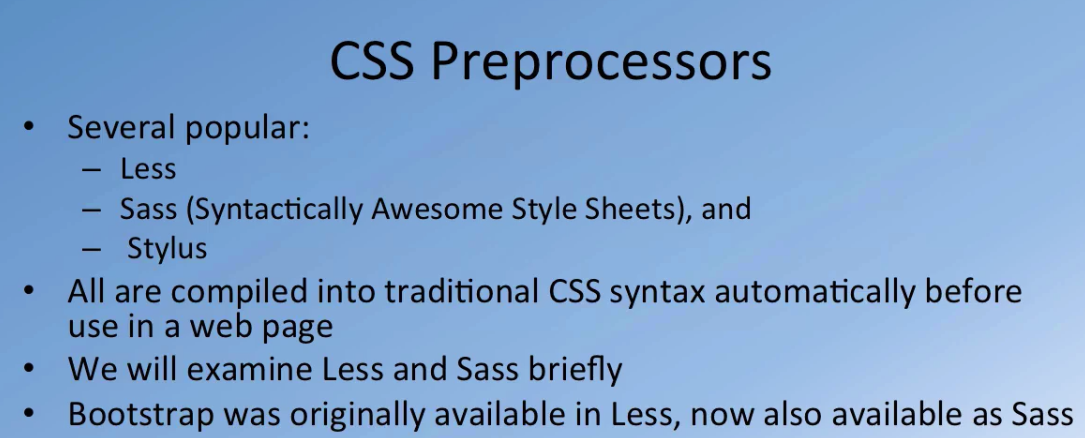
example
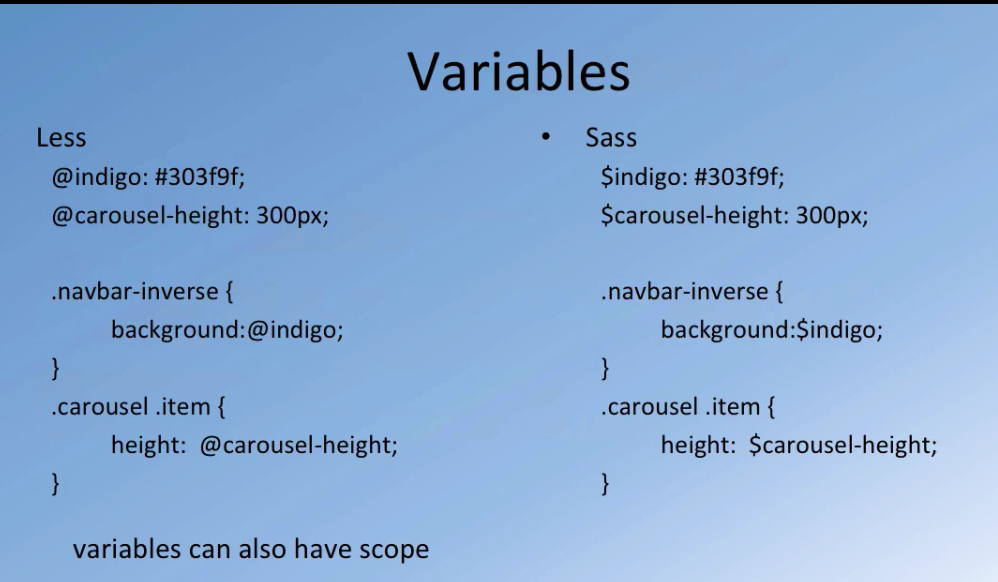

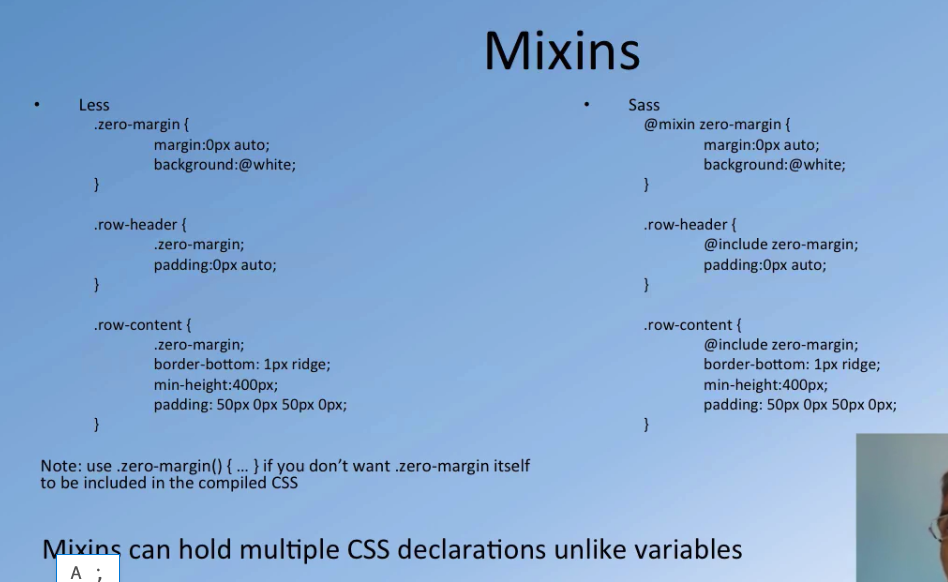
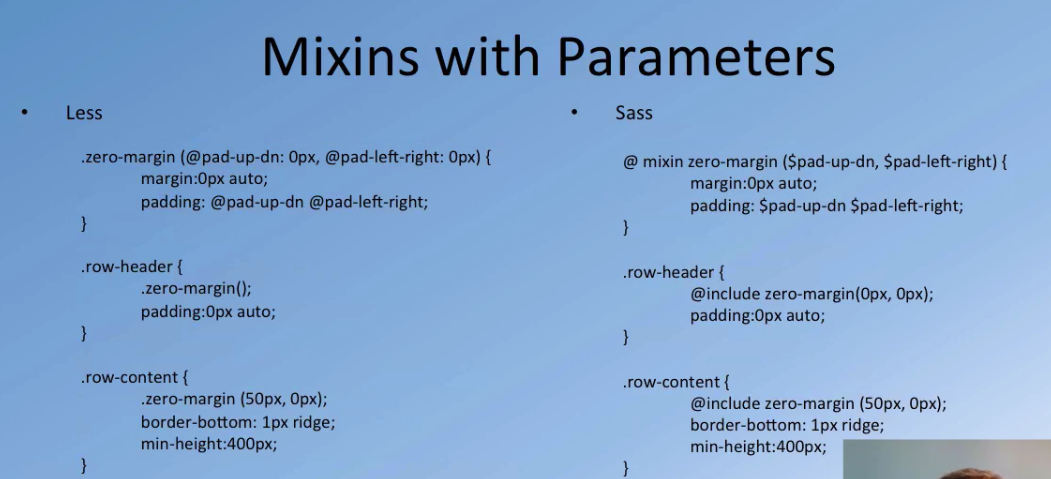
less
sass
Web tools
developed using js
Understand the need for web tools
Make use of Bower to automatically fetch Web packages and assets.
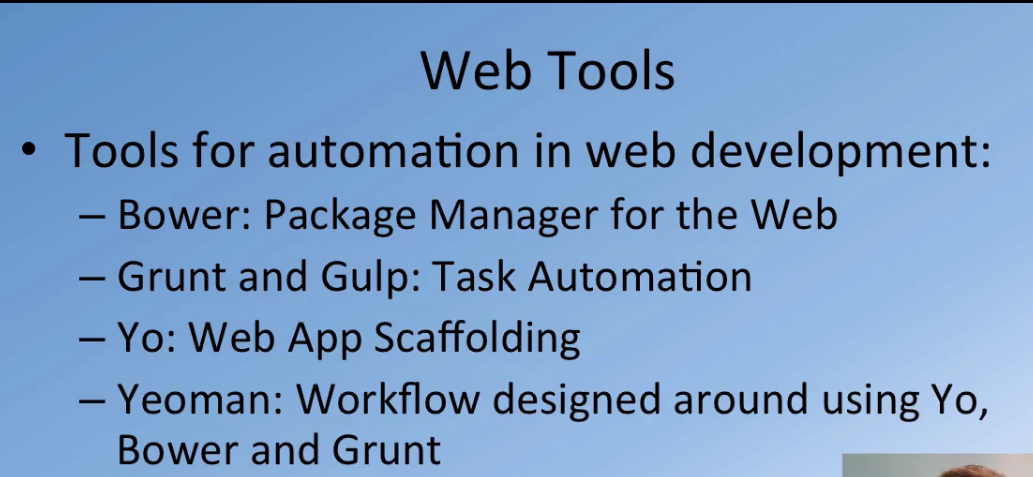
好处是只需要更改json file,而不需要包含所有的依赖。








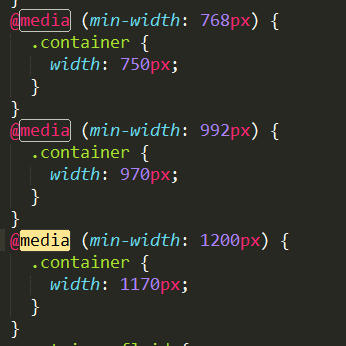
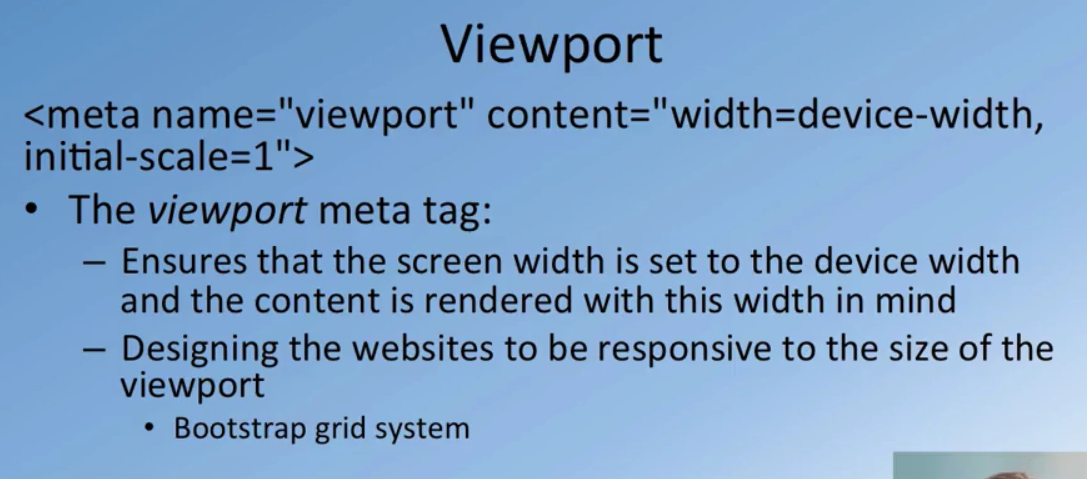
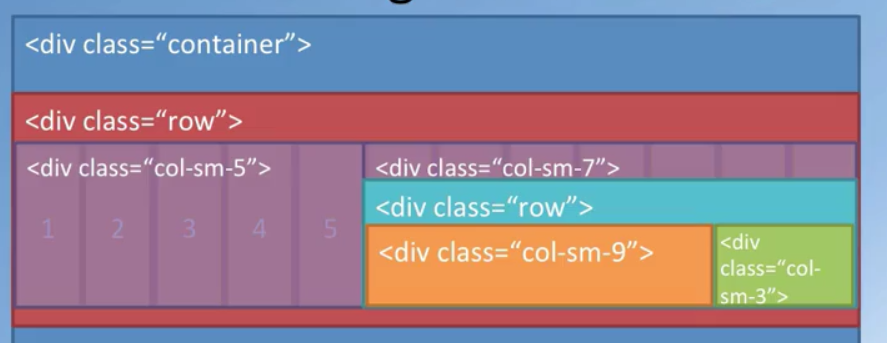
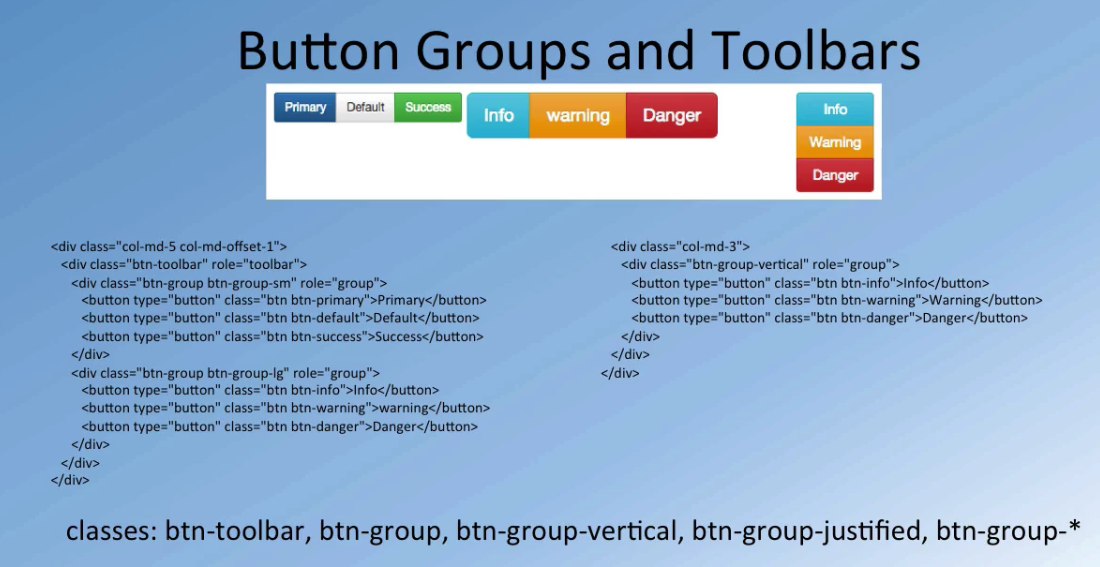

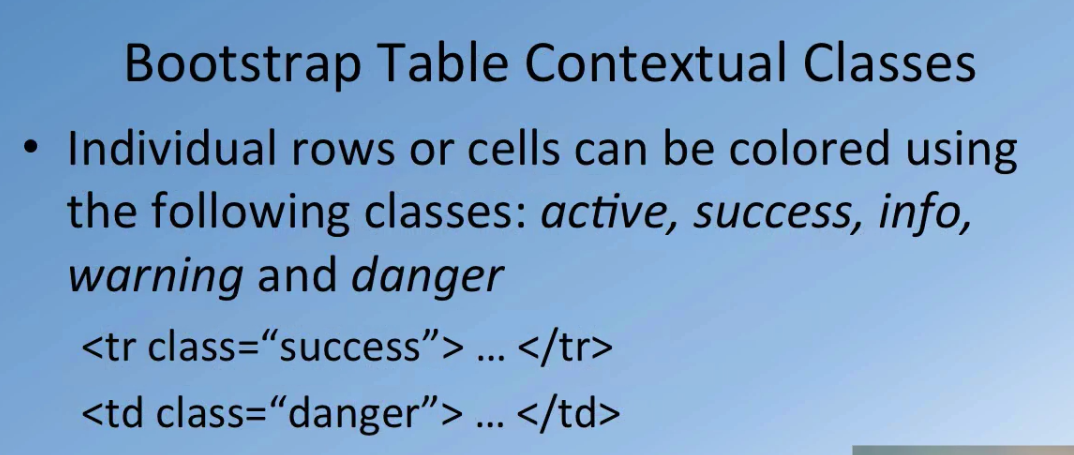

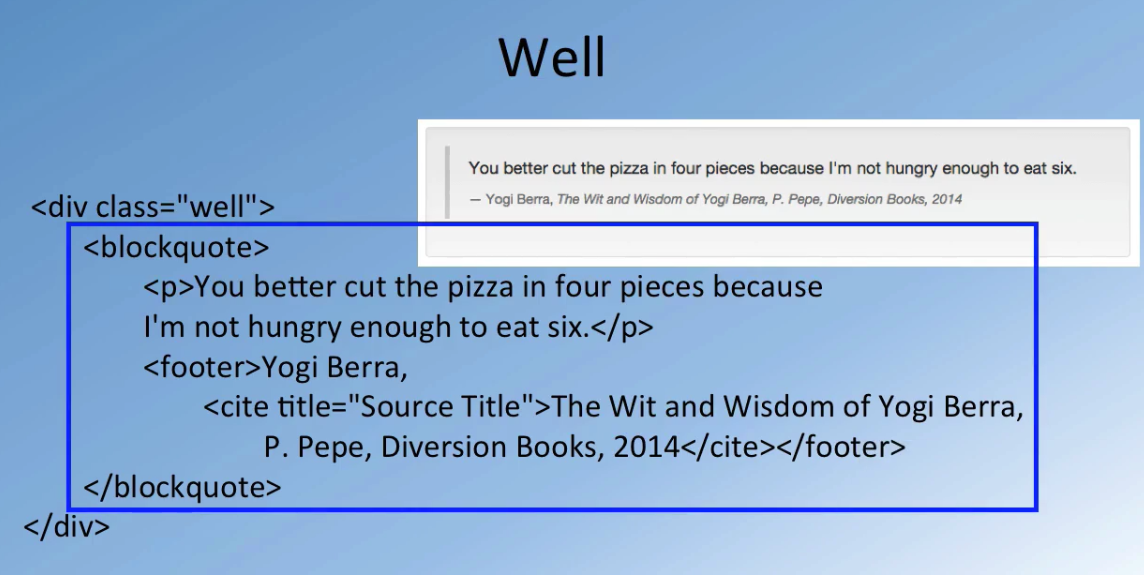
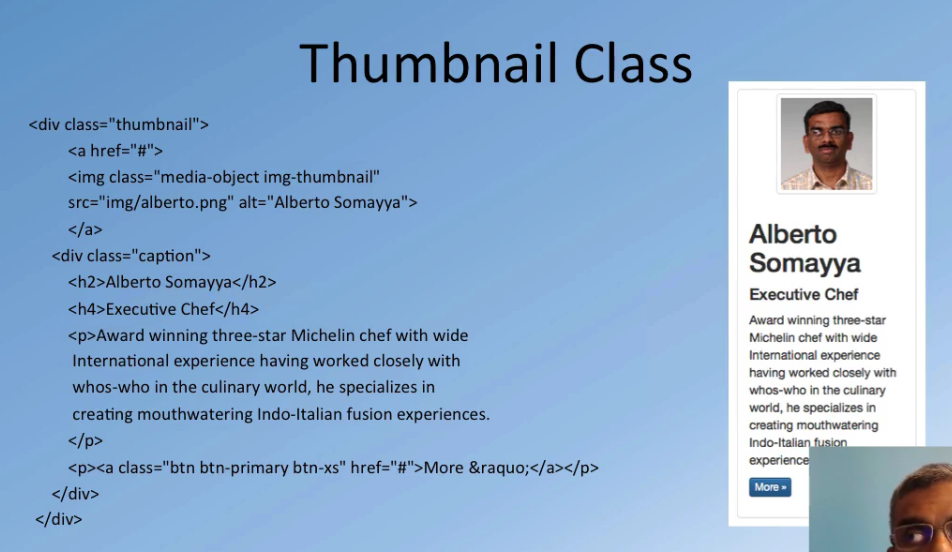


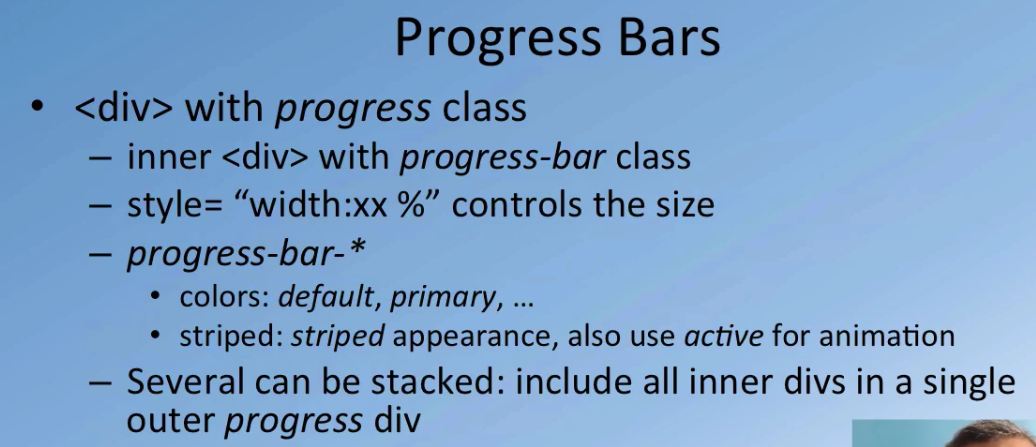
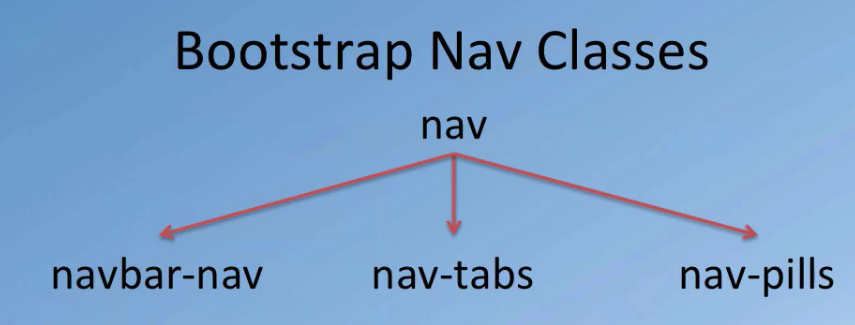
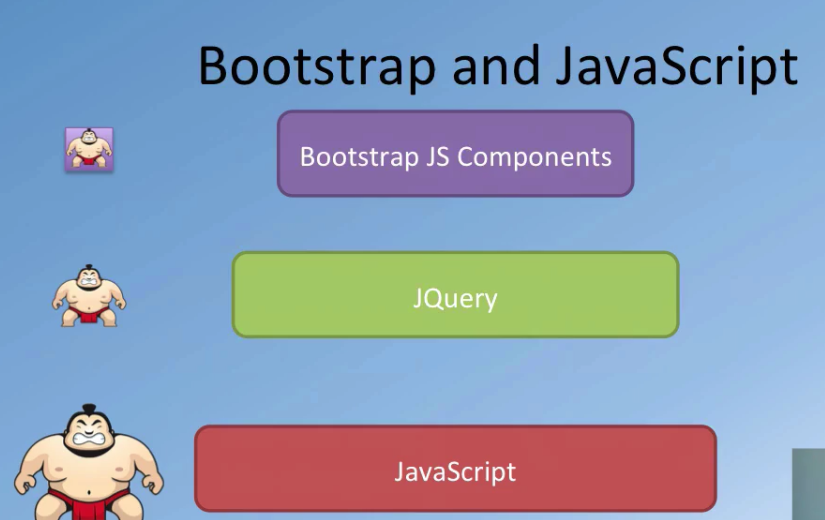

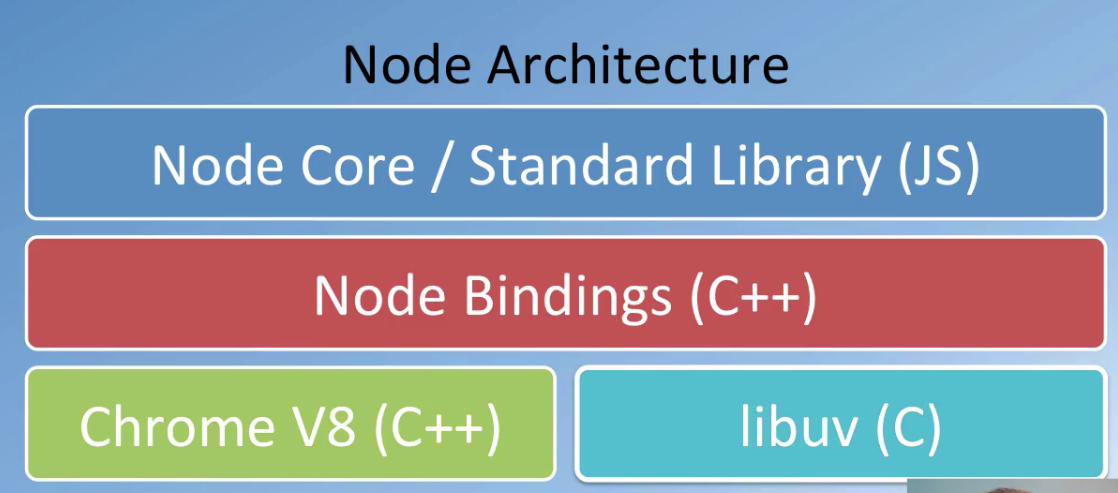
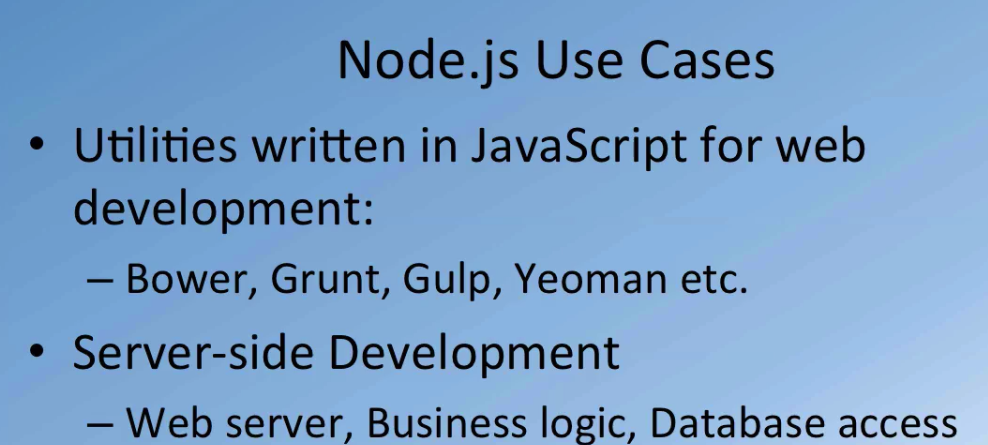

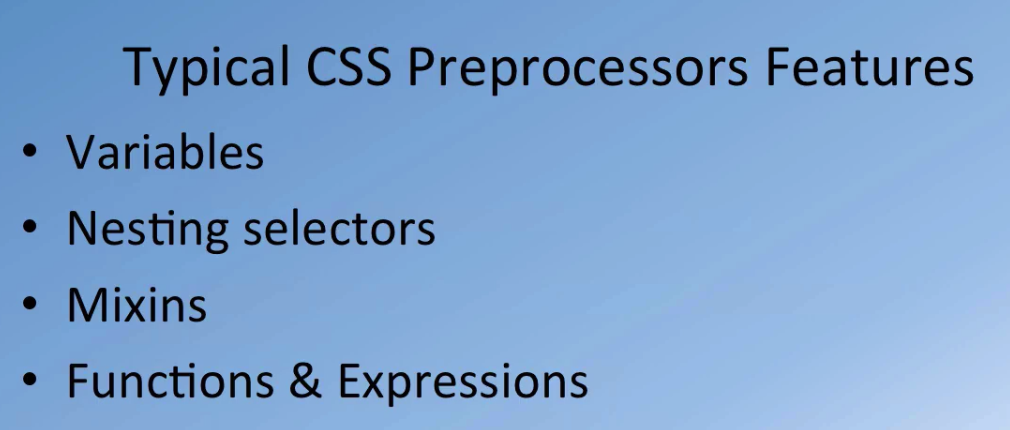

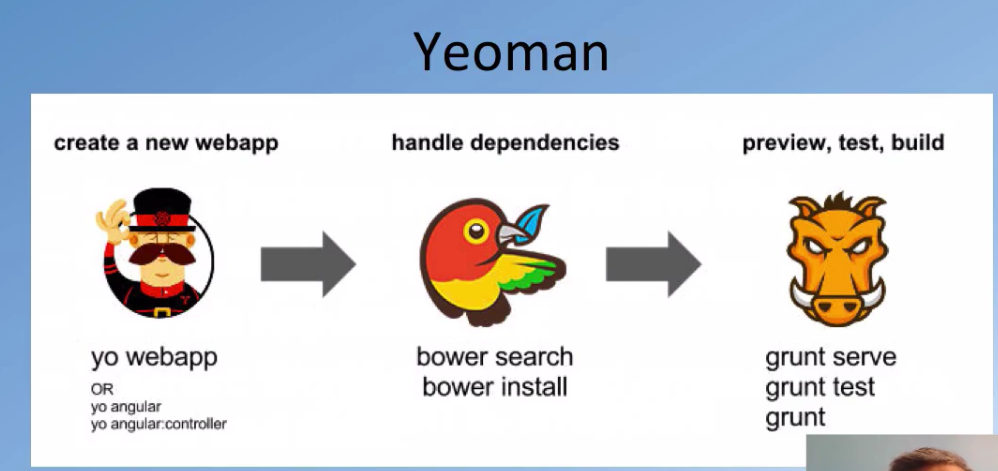














 3093
3093

 被折叠的 条评论
为什么被折叠?
被折叠的 条评论
为什么被折叠?








